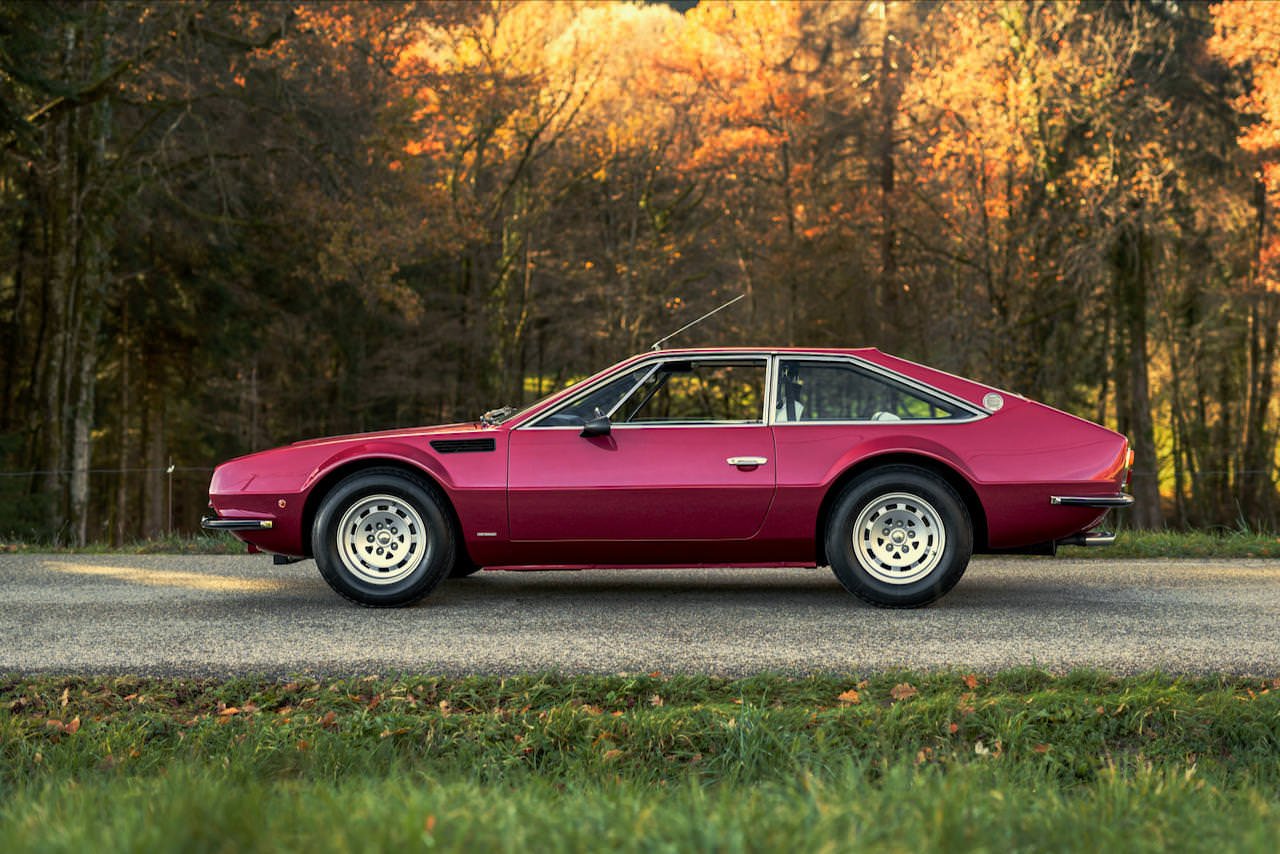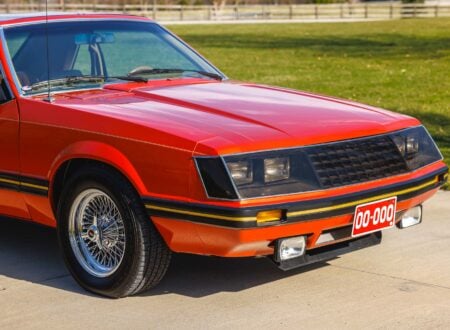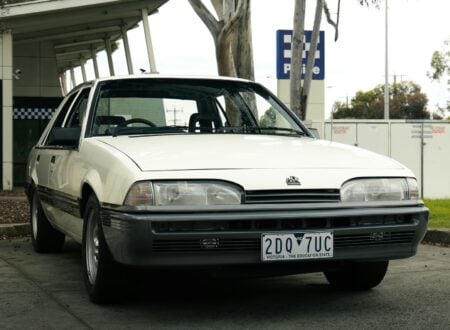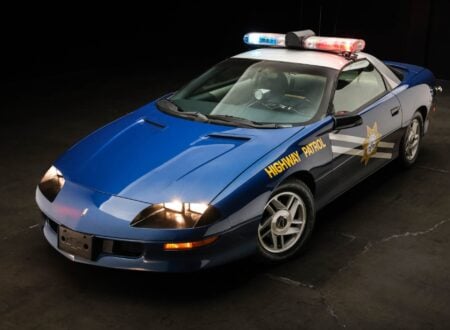This is one of the 152 examples of the Lamborghini Jarama S that were ever built, it’s been called the “Forgotten Lamborghini” as it has lived in the shadow of Lamborghini’s more famous cars – models like the Miura and the Countach.
The Jarama really does deserve to be better known than it is, in fact it was Ferruccio Lamborghini’s favorite car, he was quoted as saying: “I preferred the Jarama to all the others, because it is the perfect compromise between the Miura and the Espada.” His personal Jarama S is now on display in the official Lamborghini Museum in Italy.
Fast Facts – The Lamborghini Jarama S
- The Lamborghini Jarama was introduced in 1970 and sold until 1976 across two distinct versions, the Jarama and the Jarama S. The car was based on a shortened version of the Lamborghini Espada chassis and it was powered by a 3.9 liter version of the Giotto Bizzarrini-designed Lamborghini V12.
- The Jarama was the first version offered with the Jarama S appearing in 1972. The Jarama produced 350 bhp and the later Jarama S turned out 365 bhp thanks to a series of changes made to the carburetors, heads, and exhaust system. Both were fitted with a 5-speed manual transmission as standard, though a Chrysler TorqueFlite automatic became an option later.
- The design of the Jarama was entrusted to Marcello Gandini who was then working at Bertone. The Jarama does bear a striking resemblance to the Iso Lele which had also been designed by Gandini, and which was released in 1969, one year before the Lamborghini.
- The interior of the car offers seating for four in a 2+2 configuration. It was developed as a gentleman’s grand tourer and as such it offered much more space and comfort than one of the company’s more avant garde supercars.
The Lamborghini Jarama S
The Lamborghini Jarama S was the second generation of the Jarama model series that was first released at the Geneva Motor Show in 1970 as the replacement for the Lamborghini Islero, then sold until 1976. Just 328 examples of the Jarama would be made, 152 of which would be the Jarama S.
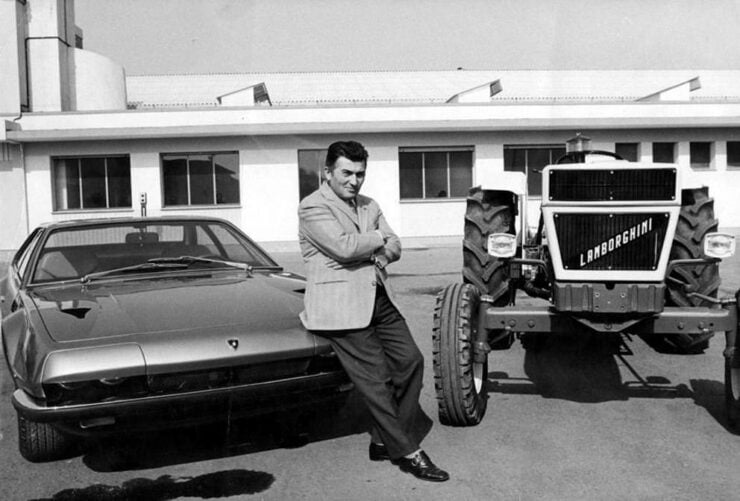

Upon its introduction the first Jarama, sans “S,” would be fitted with a 3.9 liter, 350 bhp version of the Giotto Bizzarrini-designed Lamborghini V12. This was mated to a 5-speed manual transmission which sent the power back to the rear wheels.
The Jarama was based on a shortened version of the Lamborghini Espada chassis, and as such its had independent front and rear suspension, disc brakes front and back, and a front engine, rear wheel drive layout.
The Lamborghini Jarama S was introduced in 1972 as an upgrade over the earlier car. Power was now rated at 365 bhp thanks to revised heads, a new exhaust, and a different carburetor arrangement. Though the 5-speed manual transmission remained the standard fitment, a Chrysler TorqueFlite automatic transmission became an option during the production of the S version, power steering also became standard.
A number of discrete body modifications were applied to the Jarama S, these included a slim-opening hood scoop, ventilation ports in the front fenders, relocated turn signals, and new wheels with five-bolt hubs were fitted.
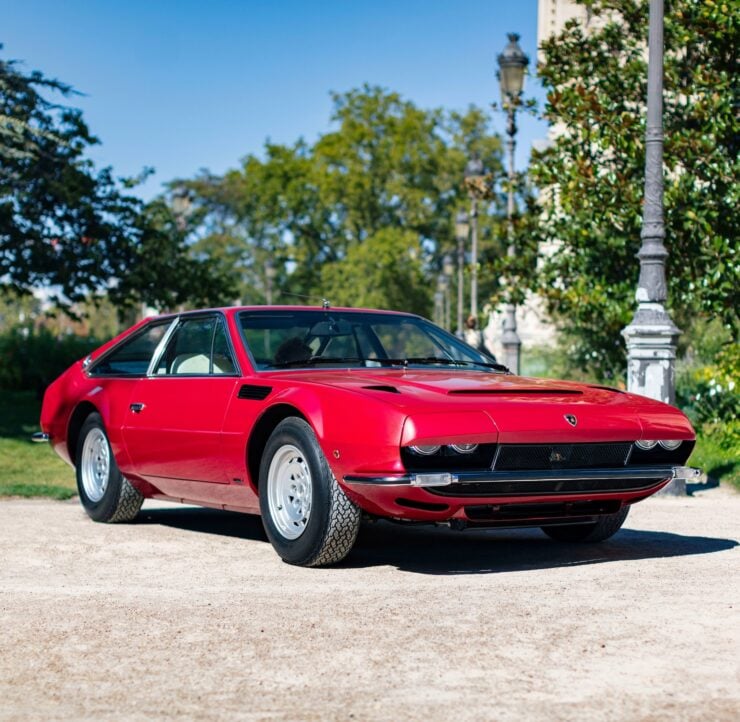

The Jarama (and Jarama S) were sold alongside the Lamborghini Espada and the Lamborghini Countach as a lower-priced model – though it was by no means cheap. The shorter wheelbase and lower curb weight of the Jarama compared to the Espada helped make it a favorite of Ferruccio Lamborghini as mentioned above in the introduction.
Ferruccio famously preferred his company’s grand tourers to the supercars, but he had been a racing driver earlier in his life and never lost his love of spirited driving. He entered a Fiat Topolino that he had modified himself in the 1948 Mille Miglia and raced it for over 1,100 kilometers before he inadvertently drove the car into the side of a restaurant in the town of Fiano, in Turin.
Today the Lamborghini Jarama remains one of the unsung heroes of the Lamborghini back catalog, and for many of the owners that’s exactly how they like it.
The 1972 Lamborghini Jarama S Shown Here
The 1972 Lamborghini Jarama S you see in this article is just the 14th “S” model made, making it a very early production example. It was originally finished in the unusual color combination of Pomegranate metallic over a white leather interior – a 70s color scheme if ever there was one.
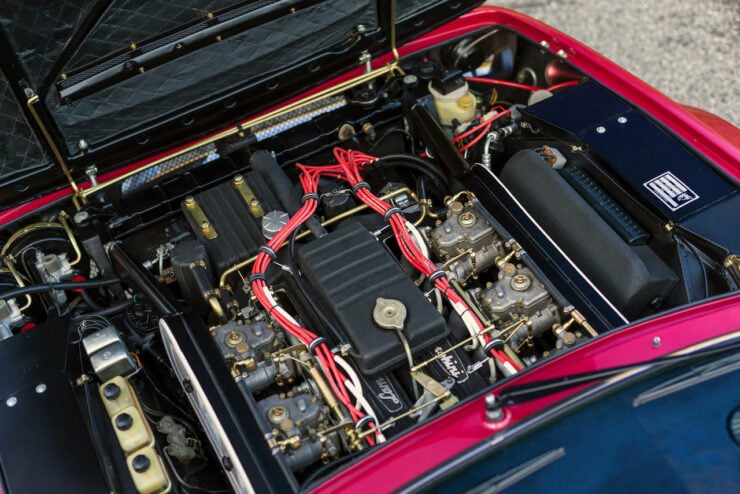

This vehicle was delivered to the Lamborghini dealer S.E.A. Automobili in Rome, Italy in September of 1972. Much of its early history has been lost, the story picks up again in November of 2016 when this car, among 750 others, was seized by the Italian government.
At some point in its life the car had been repainted in Night Blue metallic and it had acquired a relatively low mileage of 87,432 kilometres or approximately 54,300 miles. The car was then bought by the current owner (and now seller) later in 2016 and sent for a 1,200 hour comprehensive restoration.
Fortunately, the owner wisely chose to return the car to its unique original color combination, and so it’s now once again wearing its Pomegranate metallic exterior. The interior was patinated but still in good condition, so it was possible to preserve the original white leather.
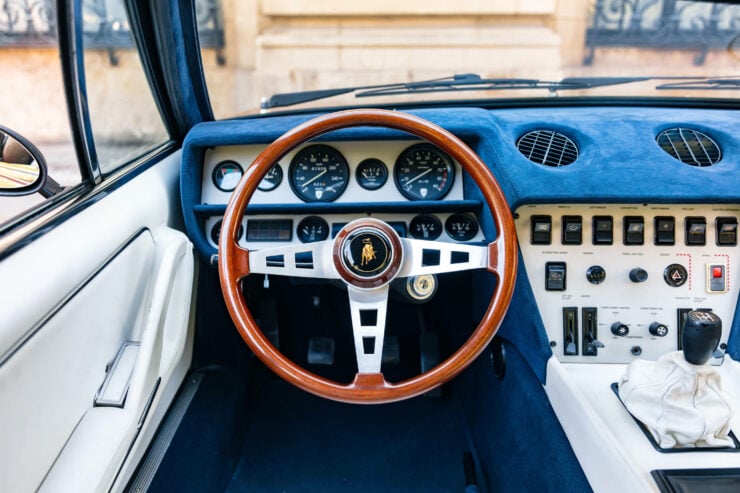

The car is now listed as being in generally excellent condition and it comes with extensive documentation showcasing its restoration, though it is noted that it will need a new set of tires fitted.
It’s now due to roll across the auction block with Bonhams on the 8th of October with a price guide of €160,000- €200,000 which works out to approximately $169,600 – $212,000 USD. If you’d like to read more about the car or register to bid you can visit the listing here.
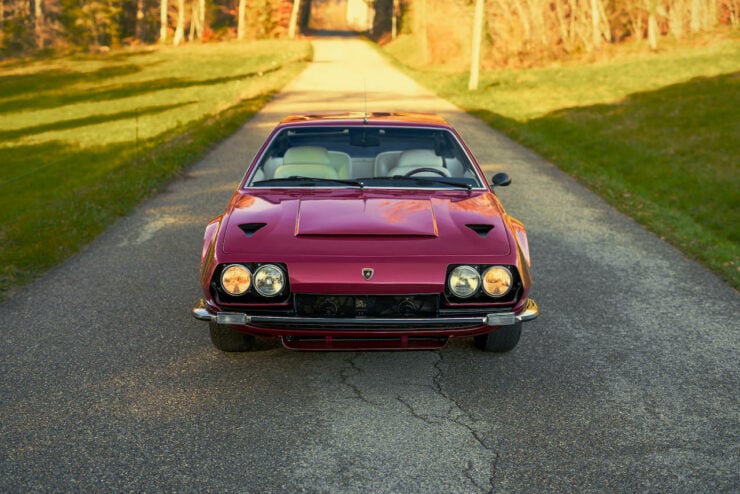
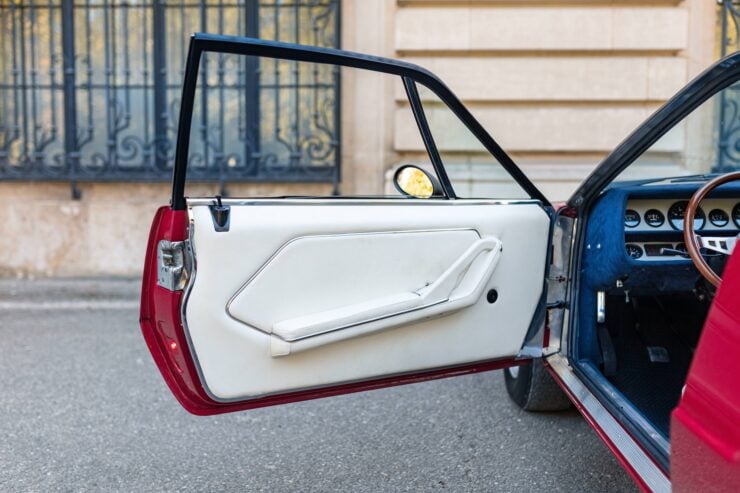
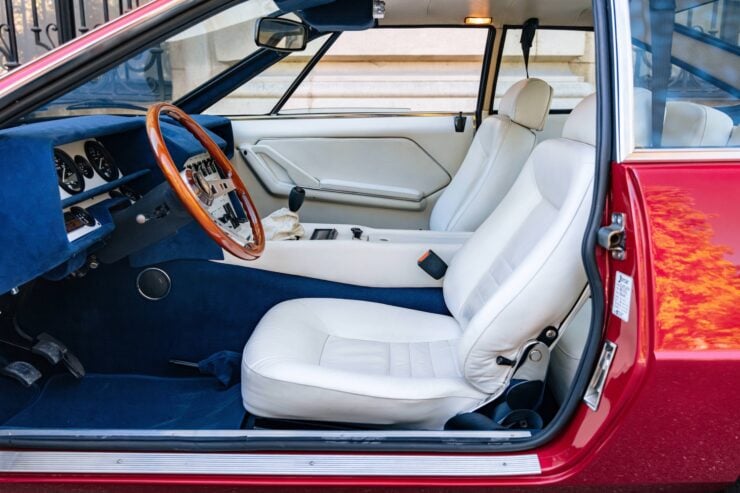
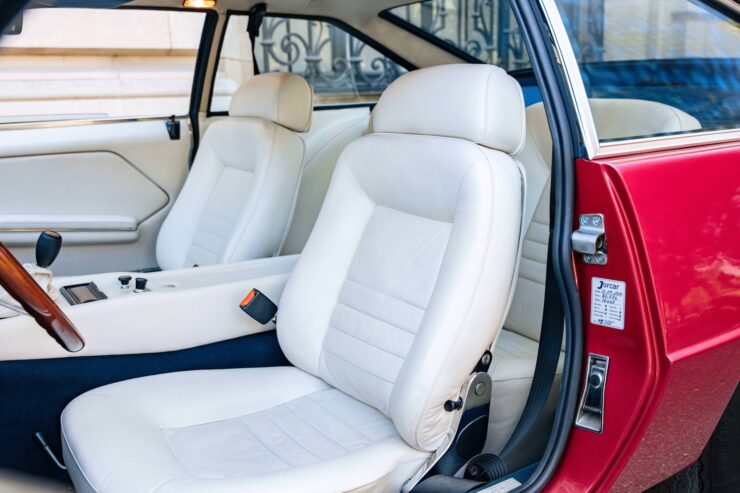
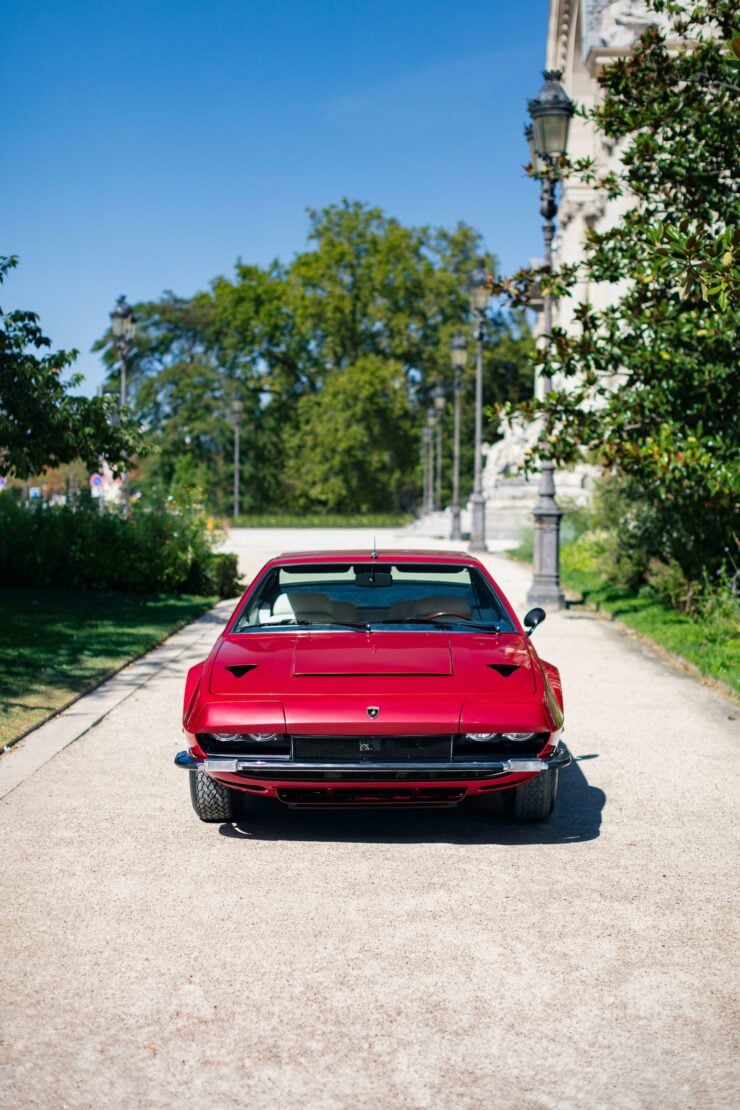
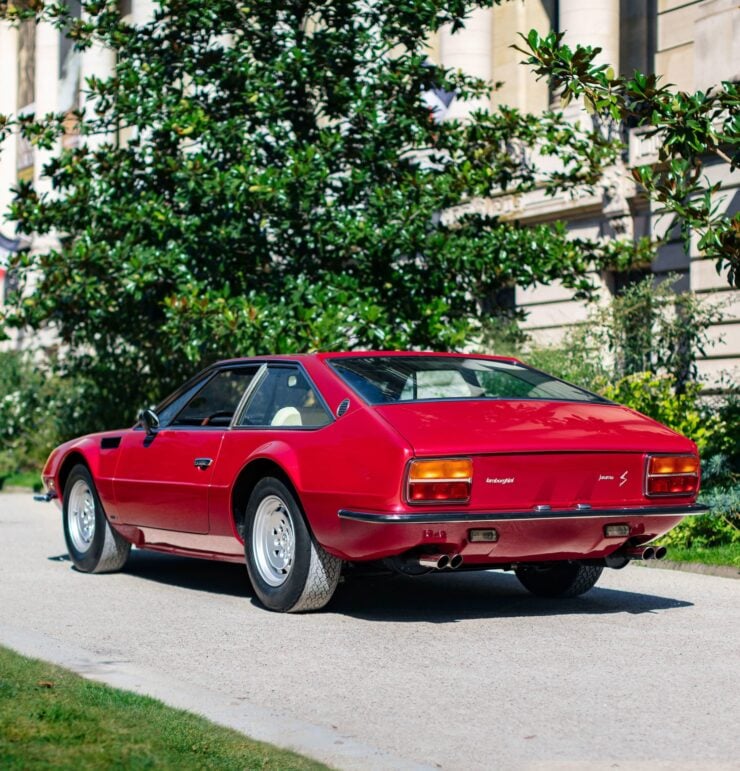
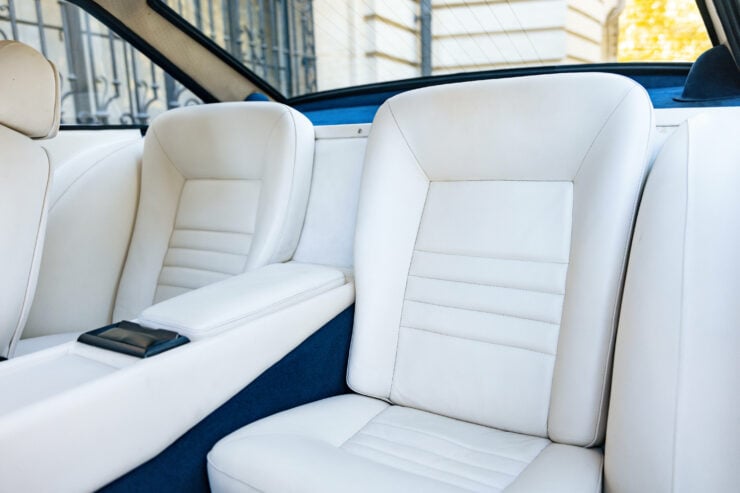
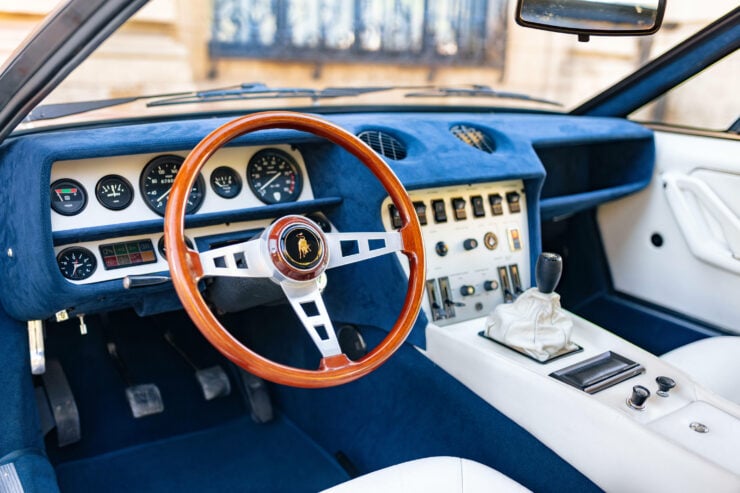
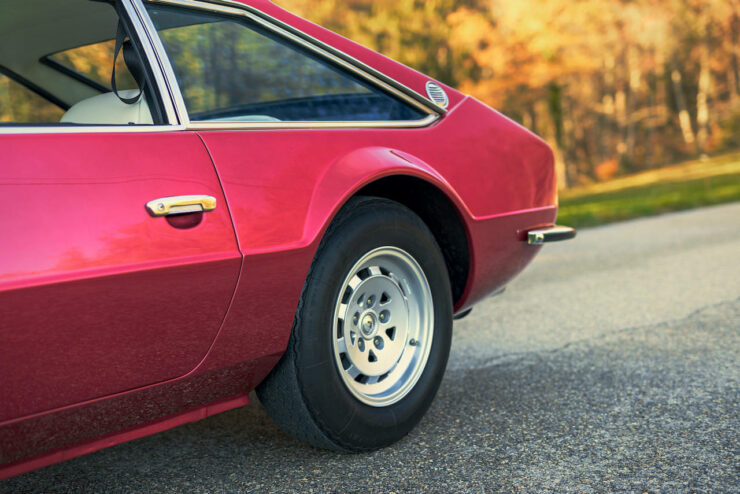
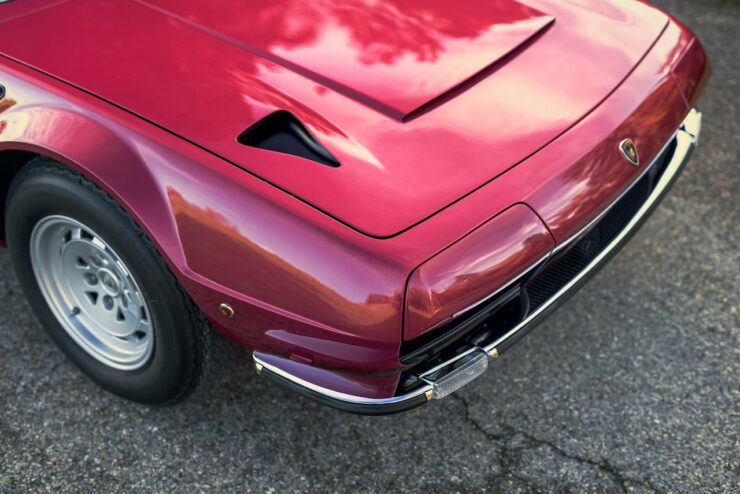
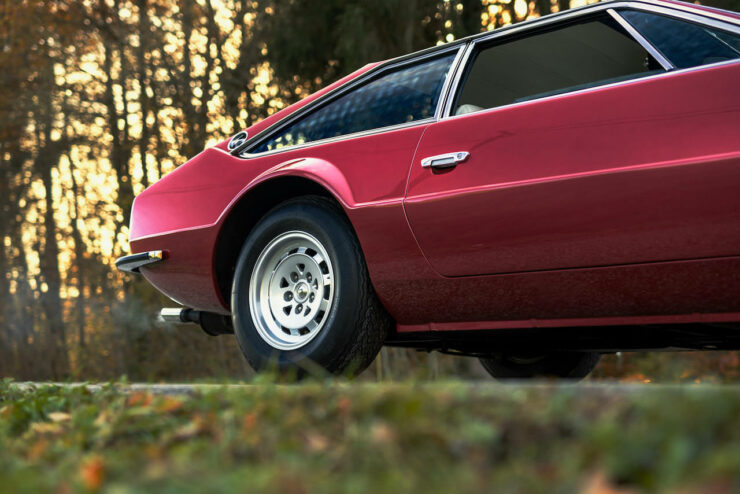
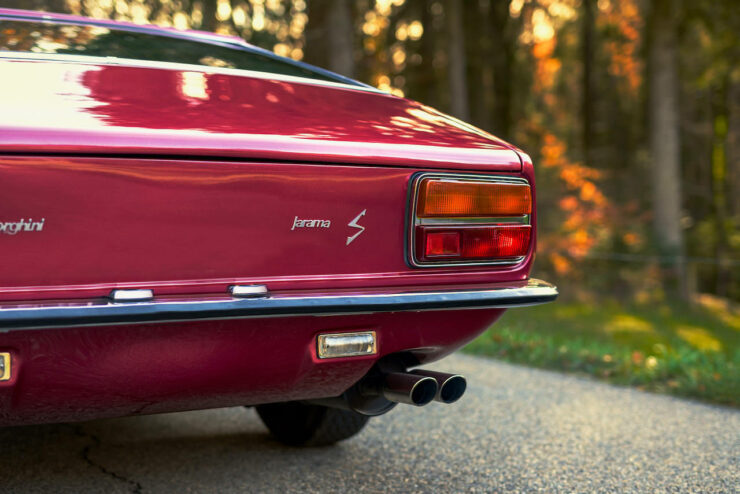
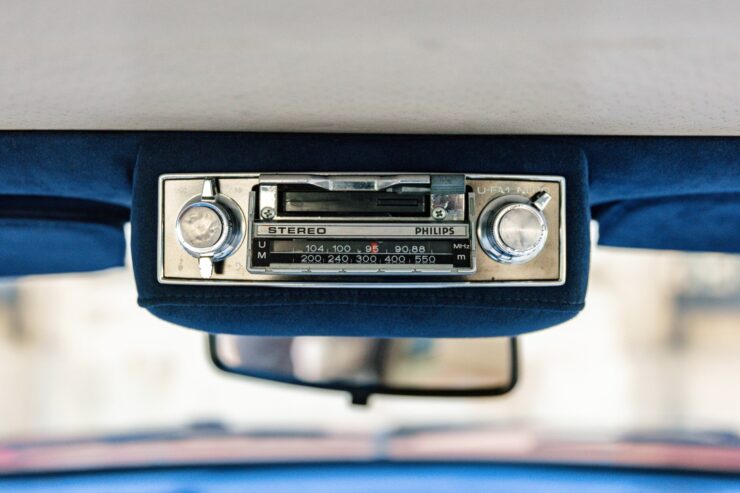
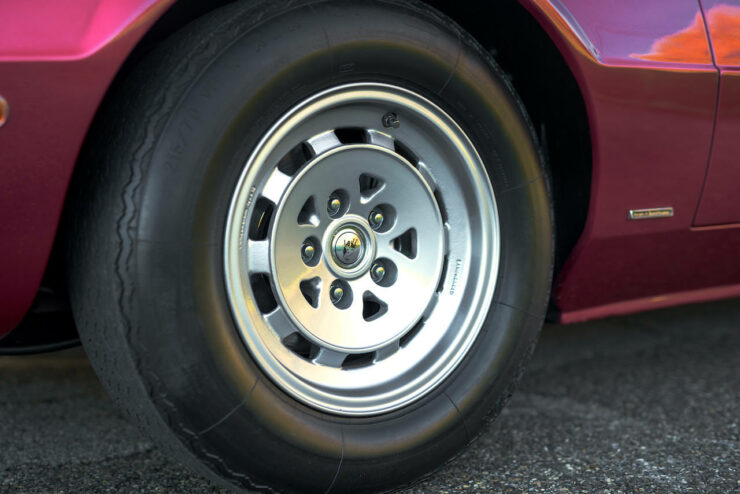
Images courtesy of Bonhams

